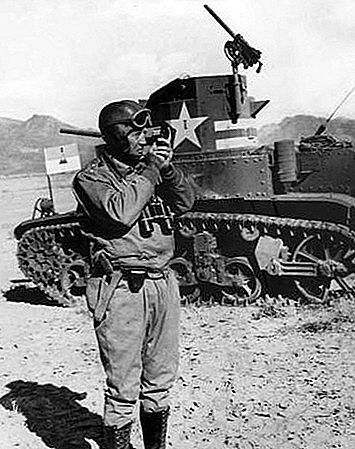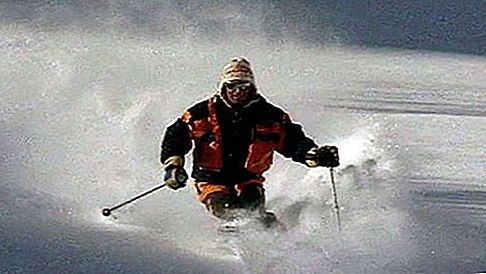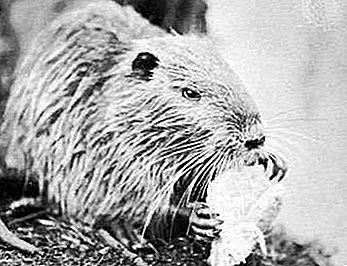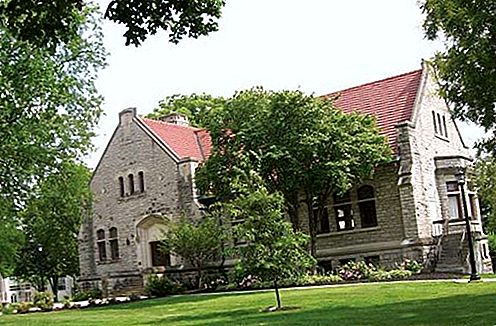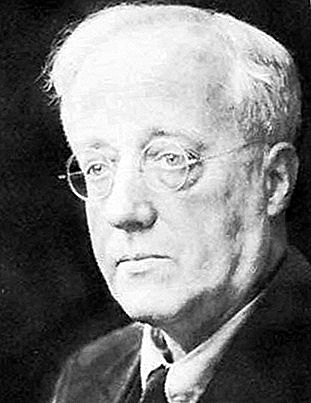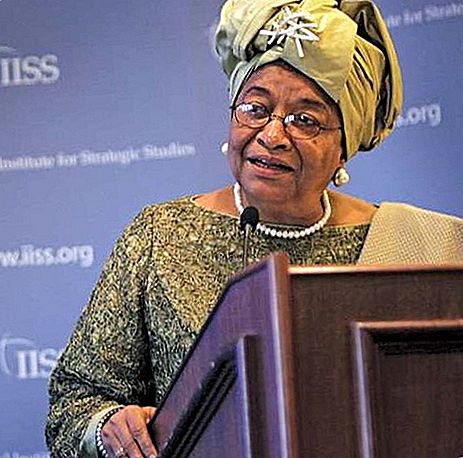George Patton, in full George Smith Patton, Jr.,(born November 11, 1885, San Gabriel, California, U.S.—died December 21, 1945, Heidelberg, Germany), U.S. Army officer who was an outstanding practitioner of mobile tank warfare in the European and Mediterranean theatres during World War II. His strict discipline, toughness, and self-sacrifice elicited exceptional pride within his ranks, and the general was colourfully referred to as “Old Blood-and-Guts” by his men. However, his brash actions and mercurial temper led to numerous controversies during his career.
Top Questions
What was George Patton’s childhood like?
George Patton was born into a life of privilege. His father was a successful lawyer who served as the Los Angeles County district attorney, and his mother was the daughter of Benjamin D. Wilson, the first elected mayor of Los Angeles and a wealthy landowner.
Where was George Patton educated?
Although George Patton’s formal education did not begin until after his 11th birthday, he was an eager student of history. He entered the Virginia Military Institute in 1903 but transferred to the U.S. Military Academy at West Point after just one year. Patton struggled academically, possibly because of undiagnosed dyslexia, but he graduated in 1909.
What was George Patton most famous for?
George Patton was a brilliant but hot-tempered U.S. Army general who was arguably the Allies’ most gifted tank commander. He led a series of wildly successful offensive operations in Europe during World War II, but his controversial and erratic behaviour off the battlefield damaged his reputation and hampered his own career advancement.
How did George Patton die?
During the U.S. occupation of Germany, George Patton was commanding the U.S. Fifteenth Army, a “paper” army gathering historical information about the war. Wholly ill-suited for the administrative position, Patton was on a hunting trip when he was critically injured in a low-speed car accident. He died from his injuries on December 21, 1945.
Education and early military career
Patton was born to a wealthy California family and enjoyed a privileged childhood. His early years were marred, however, by difficulties in spelling and reading, which has led some historians to speculate that he suffered from undiagnosed dyslexia. His formal education did not begin until age 11, but, in time, he became a voracious reader and later in life published numerous articles on military subjects. Patton enjoyed military history in particular, especially books about the American Civil War, a conflict in which his grandfather and great-uncle had been killed while fighting for the Confederacy. Patton spent a year at the Virginia Military Institute and then transferred to the U.S. Military Academy at West Point, New York, where he was forced to repeat his plebe (freshman) year because of poor grades. His academic performance improved, and, after graduating in June 1909, Patton was commissioned as a second lieutenant in the cavalry. On May 26, 1910, he married Beatrice Banning Ayer, the daughter of Boston industrial tycoon Frederick Ayer.
In 1912 Patton was selected to represent the United States at the Olympic Games in Stockholm, Sweden. There he competed against military officers from around the world in the modern pentathlon, an event that included swimming, pistol shooting, running, fencing, and riding. Patton made a respectable showing, coming in fifth out of 42 contestants. He had learned fencing at West Point and continued his study of swordsmanship while in Europe. Later—while attending the Mounted Service School in Fort Riley, Kansas—Patton was designated an instructor of swordsmanship and received the title Master of the Sword. In that role he designed theU.S. Model 1913 Enlisted Cavalry Saber, known as the “Patton Sword.” Patton also loved polo, and he played it, like he pursued so many things, with a violent, reckless abandon, frequently injuring himself in the process. Biographer Martin Blumenson has suggested that his frequent head injuries may have contributed to the erratic behaviour attributed to him in his later years.
Patton saw his first combat soon after leaving Fort Riley. When Mexican revolutionary Pancho Villa led an attack on the border town of Columbus, New Mexico, in 1916, Patton joined the staff of Brig. Gen. John J. Pershing and accompanied him on a punitive expedition into Mexico. Though the mission failed to apprehend Villa, Patton was responsible for leading a raid that killed three of Villa’s men. The attack garnered much publicity and was notable for being the first time that automobiles had been used in combat by the U.S. Army.
When the United States entered World War I in April 1917, Pershing was made the commander of the American Expeditionary Force (AEF), and Patton, promoted to captain, joined him in France. In November 1917, Patton, now a major, left Pershing’s headquarters staff and became the first officer to be appointed to the new U.S. Army Tank Corps. Over the next months he organized, trained, and even designed the uniforms for the new tank units; he was also promoted to lieutenant colonel. On September 12, 1918, Patton, ignoring orders to stay in radio contact, personally led the first U.S. tank units into battle during the Saint-Mihiel offensive. In the Meuse-Argonne offensive a few weeks later, Patton was badly wounded by a machine-gun bullet. He lay in a shell hole for hours before it was safe to evacuate him, but he refused to be taken to the hospital until he had reported to his commander. He was promoted to the temporary rank of colonel and was awarded the Distinguished Service Cross for bravery under fire.

